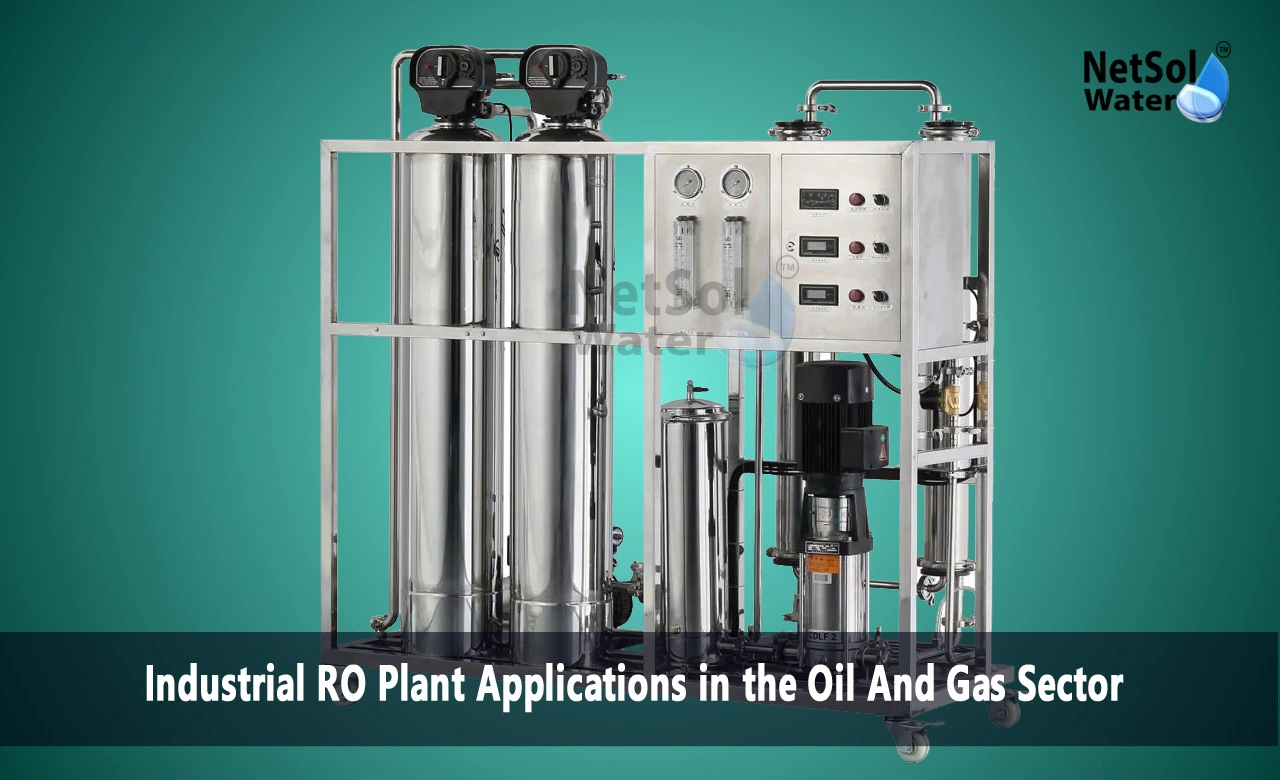Industrial RO Plant Applications in the Oil And Gas Sector
Reverse osmosis has improved water treatment across sectors. Its applications in oil and gas stand out. Industrial RO Plant eliminates impurities from water by passing it through a semipermeable membrane under pressure. This method separates pure water from concentrated pollutants.
Oil and gas firms encounter complex water challenges. They must manage produced water and maintain a consistent supply of fresh water for activities. RO offers a versatile and effective answer for various difficulties. Let's study how this technology makes a difference in specific applications.
Produced Water Treatment
Produced water provides one of the major water-related difficulties in oil and gas production. This water comes up from the well together with oil and gas. It often contains significant quantities of salt and numerous pollutants like minerals and hydrocarbons.
Reducing Disposal Costs
Companies traditionally injected produced water back into disposal wells. Regulatory restrictions and capacity limitations have made this strategy less practical. RO plants now allow on-site purification of generated water. This minimizes the volume requiring disposal and leads to significant cost savings.
Enabling Water Reuse
RO eliminates pollutants and makes it feasible to reuse generated water in numerous ways:
· Companies reinject it for enhanced oil recovery
· Operators utilize it in hydraulic fracturing operations
· Facilities employ it as cooling tower makeup water
· In some circumstances farmers irrigate crops with it
This strategy reduces freshwater use and lessens the environmental imprint of oil and gas activities.
Seawater Desalination for Offshore Platforms
Offshore oil rigs need a continual freshwater supply for different purposes:
· Workers prepare drilling fluid
· Equipment requires cooling
· Domestic use involves drinking baths and more
Transporting freshwater to remote regions costs a lot and involves logistical hurdles. RO desalination systems provide a reliable on-site solution.
Compact Modular Systems
Offshore platforms have little room. Modern RO plants have compact and modular architecture. This makes them perfect for these conditions. Operators can easily integrate them into existing infrastructure and scale them up or down as needed.
Energy Recovery Devices
RO plant consumes a lot of energy. However modern energy recovery devices (ERDs) have greatly enhanced efficiency. These devices extract energy from the high-pressure concentrate stream. They then use it to pressurize incoming feed water. This technique reduces overall energy requirements by up to 60%.
Enhanced Oil Recovery (EOR)
Companies increasingly turn to EOR technology as easily accessible oil deposits decrease. They employ these approaches to maximize productivity from existing fields. Many EOR procedures demand huge water quantities. RO plant plays a critical function in protecting water purity.
Low-Salinity Waterflooding
Research suggests that putting low-salinity water into reservoirs can boost oil recovery rates. RO plants produce this low-salinity water. They commonly treat generated water or seawater. The exact control over water quality that RO gives enhances this procedure.
Steam Generation
Some EOR technologies like steam-assisted gravity drainage (SAGD) inject steam into reservoirs. RO pretreatment of feed water for steam generators reduces scaling and fouling. This extends equipment life and enhances efficiency.
Hydraulic Fracturing
Advances in hydraulic fracturing technology have propelled the shale gas revolution. This process demands large water volumes. RO plants play a crucial role in both sourcing and managing this water.
Frac Water Preparation
Operators utilize RO to treat diverse water sources for fracking fluids. These sources include surface water groundwater and even wastewater. This decreases dependency on freshwater sources and tackles water scarcity concerns in some locations.
Flowback Water Treatment
A considerable part of injected water returns to the surface as flowback following fracking. This water has significant quantities of dissolved solids and different pollutants. RO plants frequently paired with other treatment methods clean this water for reuse. This minimizes total water use and disposal expenses.
Refinery Applications
Oil refineries consume a lot of water. RO technology finds numerous applications in these facilities:
Boiler Feed Water Treatment
High-pressure boilers need ultra-pure water to prevent scaling and corrosion. RO plants commonly paired with technologies like ion exchange give the requisite water quality. This protects these essential assets.
Cooling Tower Makeup Water
Cooling towers lose water through evaporation and blowdown. RO-treated water acts as makeup water. It decreases scaling and allows for higher cycles of concentration. This results to water savings and enhanced cooling performance.
Wastewater Treatment and Reuse
Refineries generate diverse effluent streams. Advanced RO plants including those specialized to handle greasy water treat these streams. This permits water reuse and minimizes the facility overall water footprint.
Conclusion
Reverse osmosis has become indispensable in the oil and gas business. RO plants assist enterprises address crucial water management concerns. They treat produced water permit water reuse and support better oil recovery procedures. As the sector evolves RO will play an even more critical role in maintaining sustainable and efficient operations.
Oil and gas firms can lessen their environmental effect by embracing these modern water treatment systems. They may increase operational efficiency and position themselves for success in an increasingly water-constrained environment. Those who most successfully manage their water resources will influence the industry’s future.
To explore customised commercial RO plants, Industrial RO plants, ETP or STP solutions for your needs in your areas and nearby regions, contact Netsol Water at:
Phone: +91-965-060-8473, Email: enquiry@netsolwater.com



